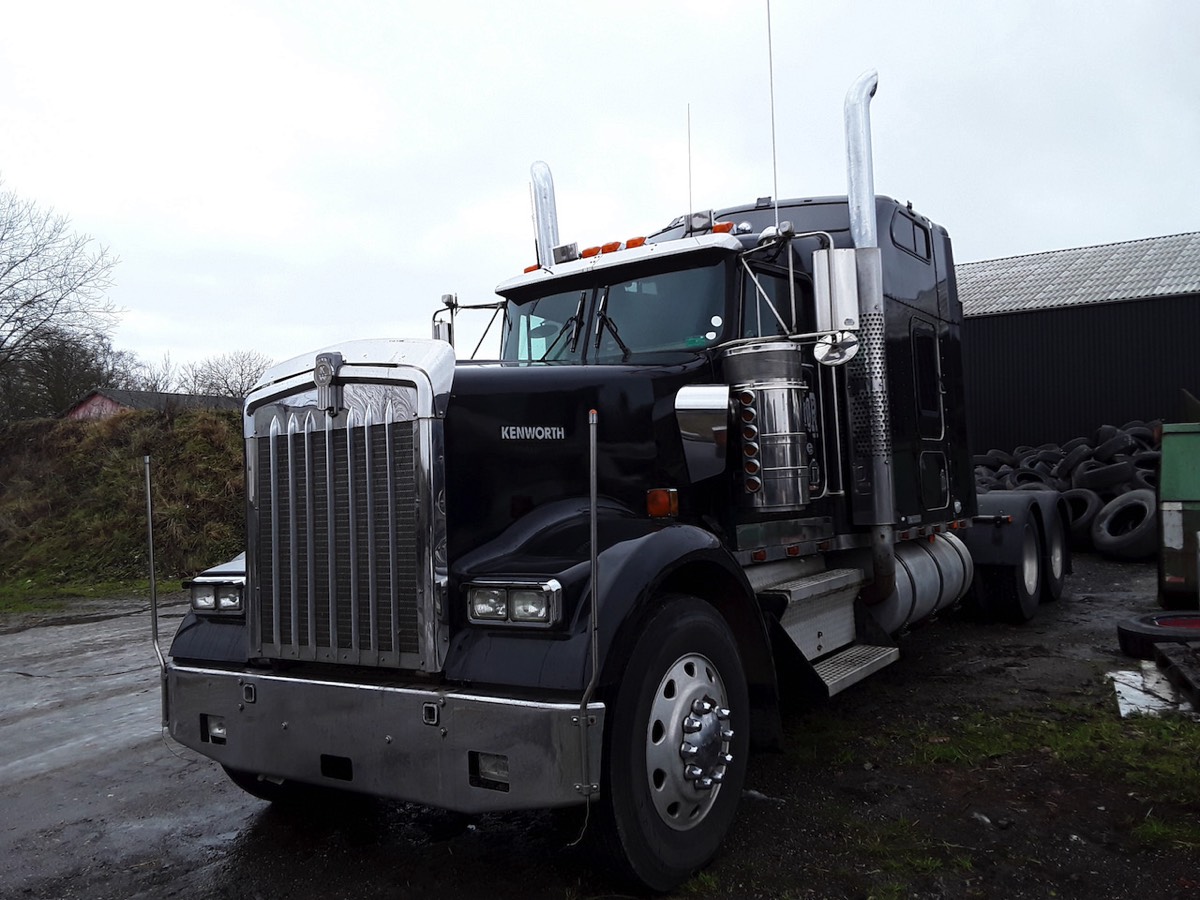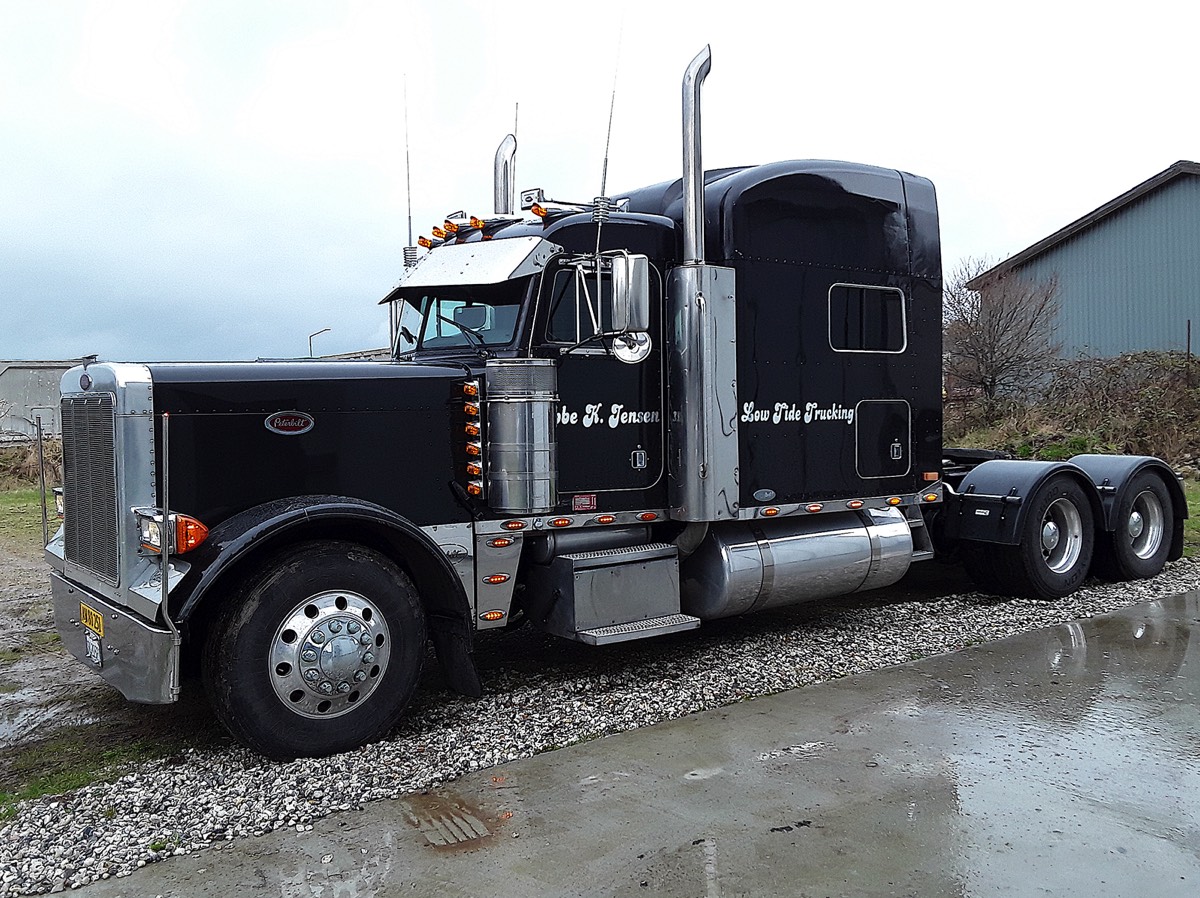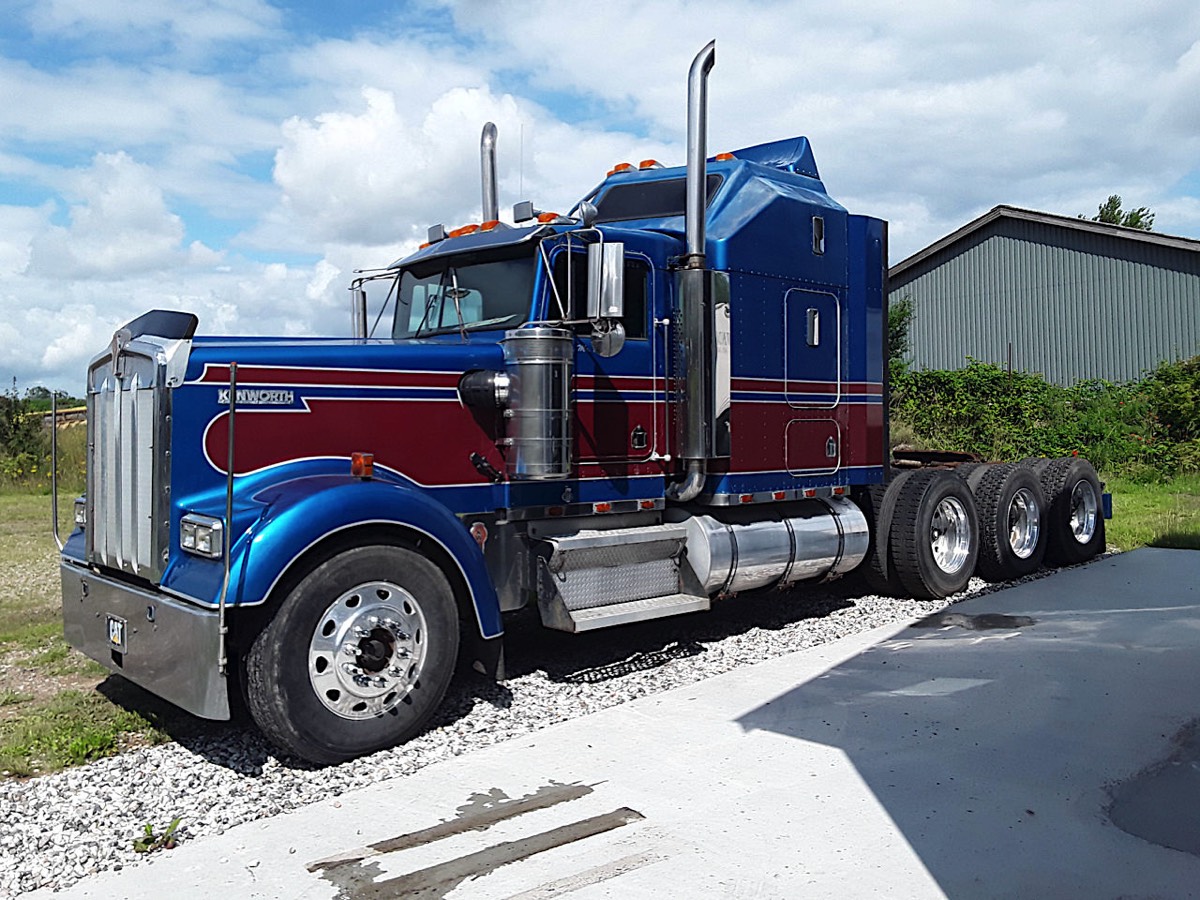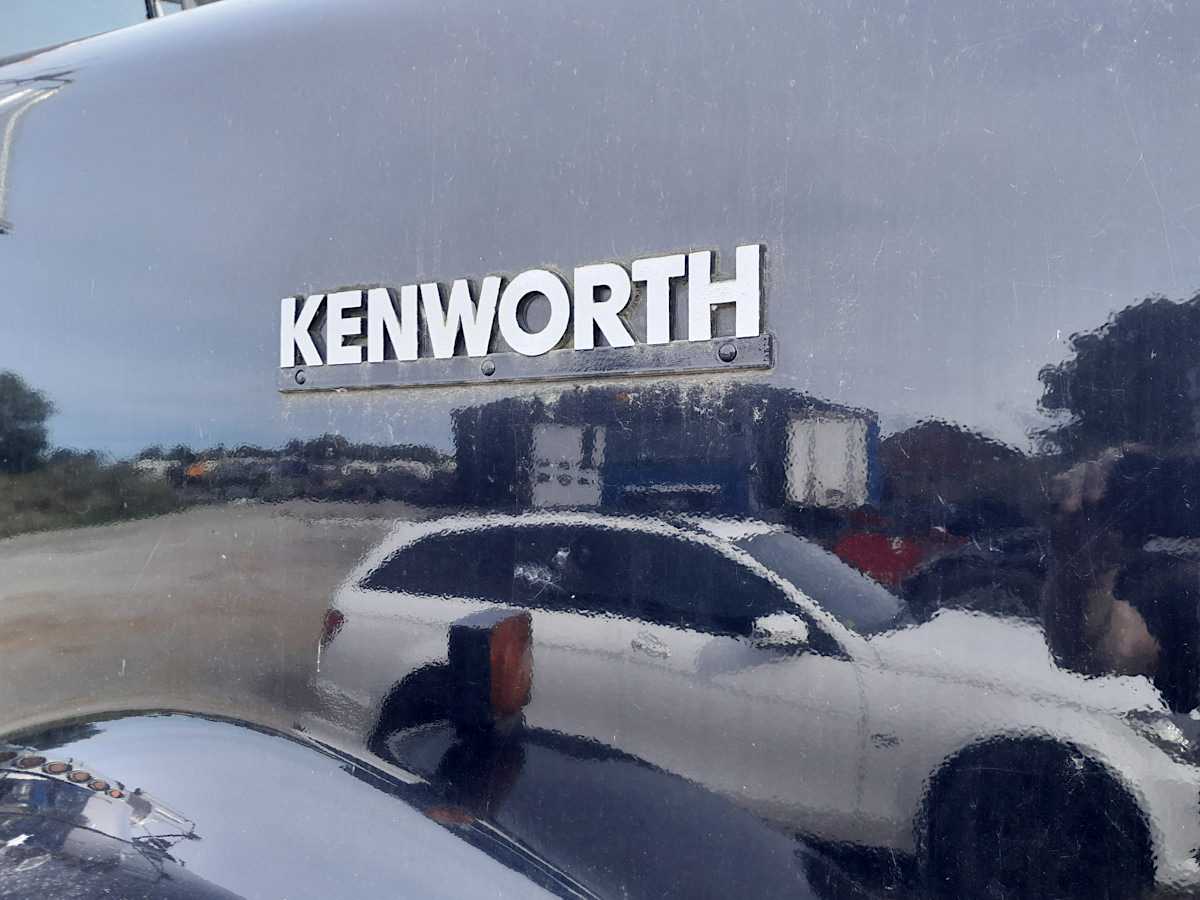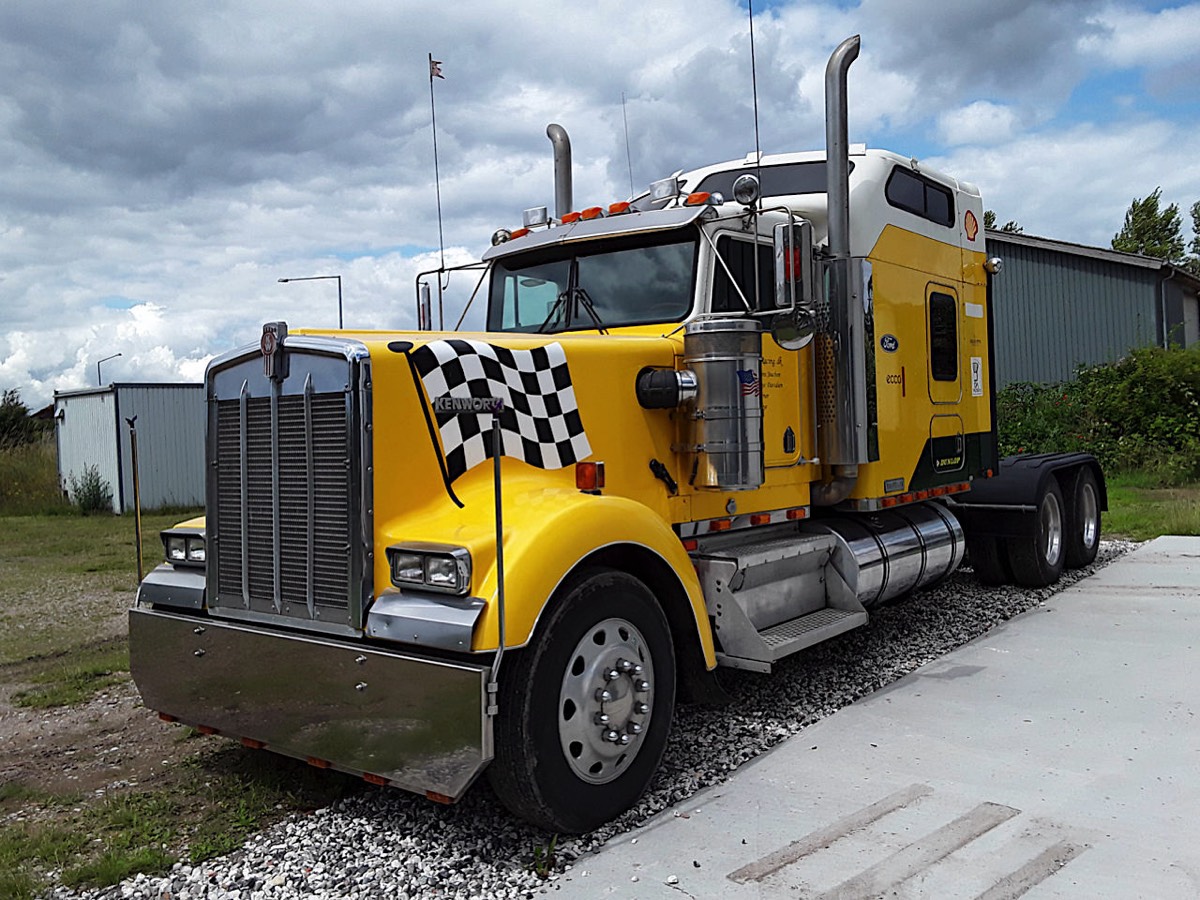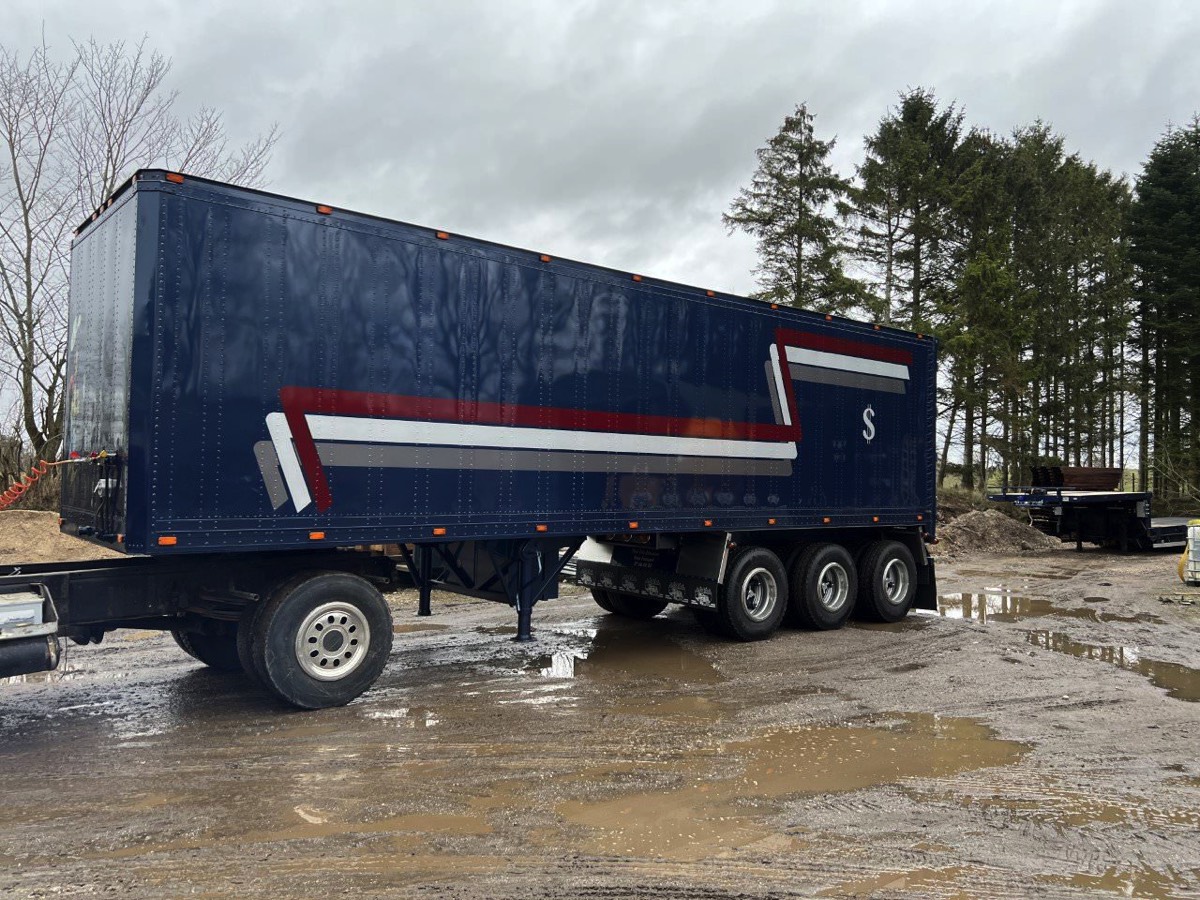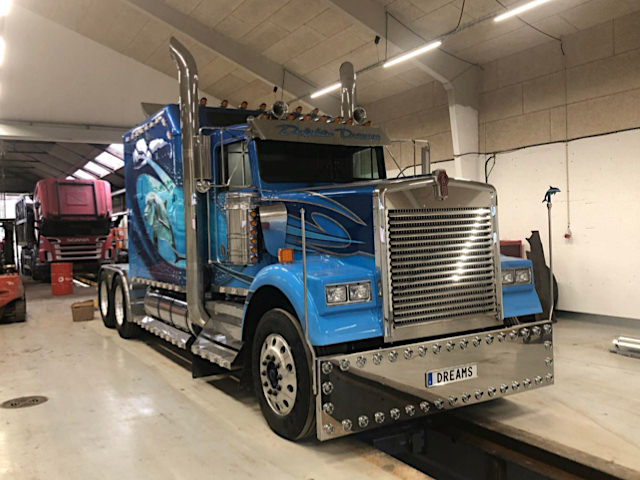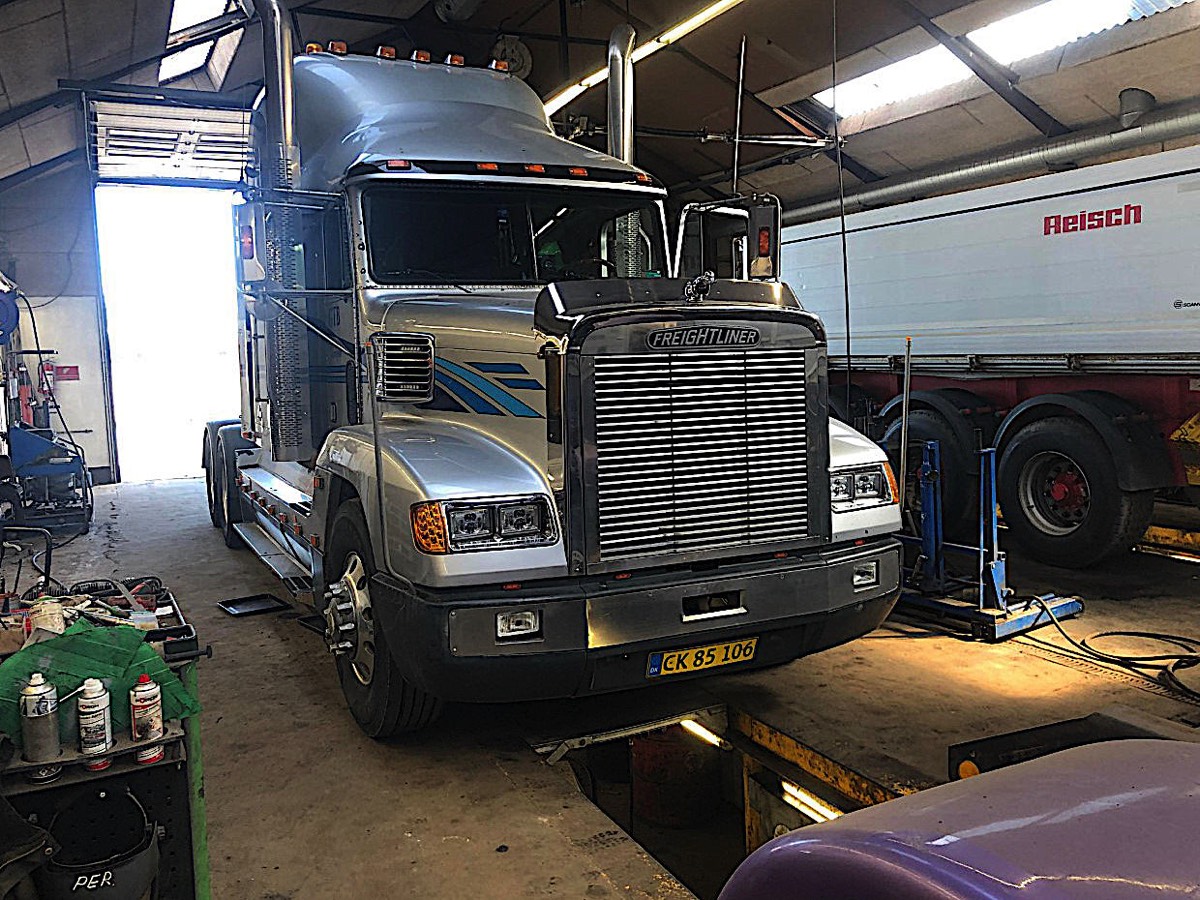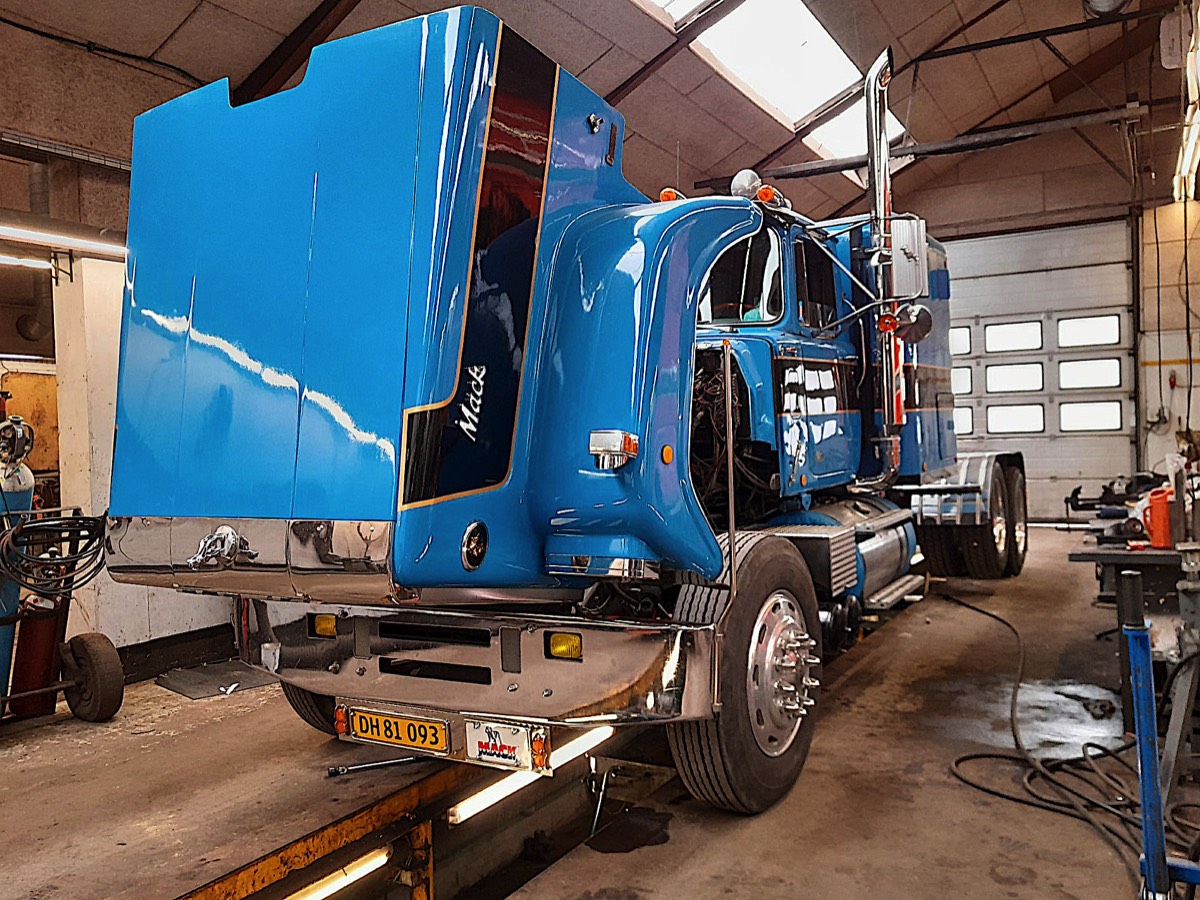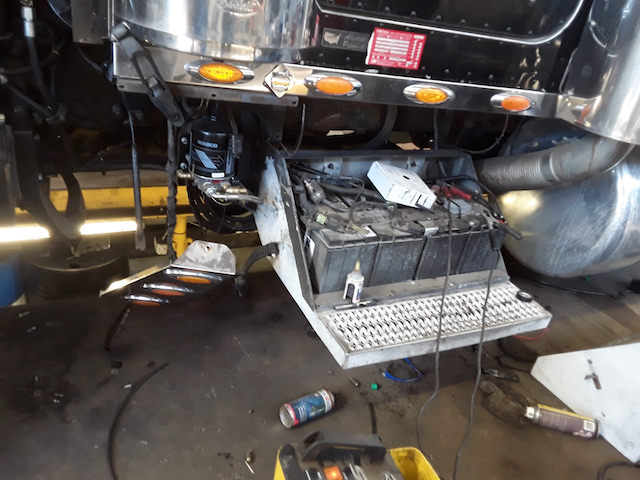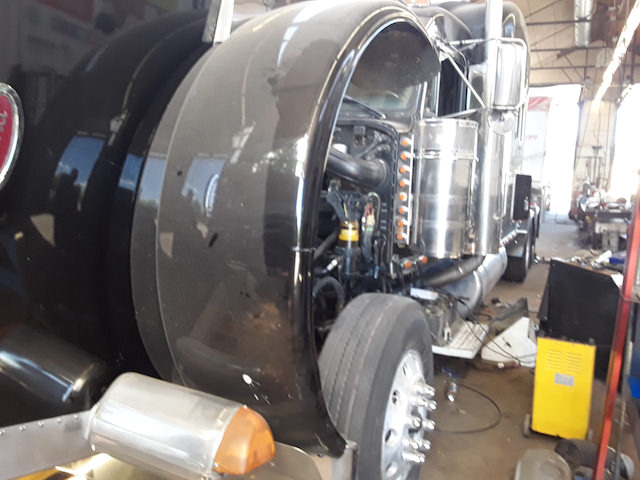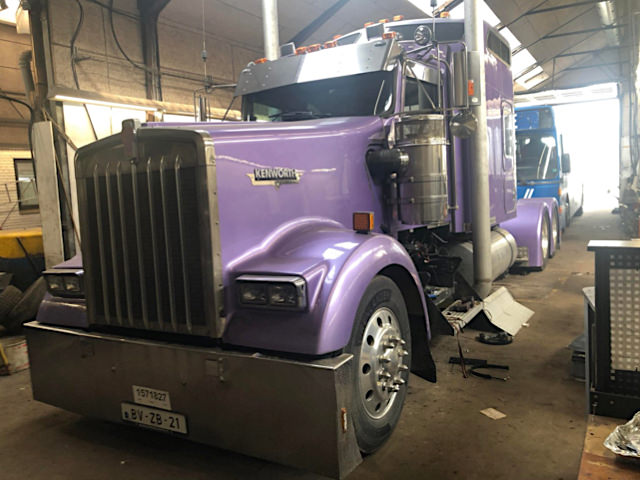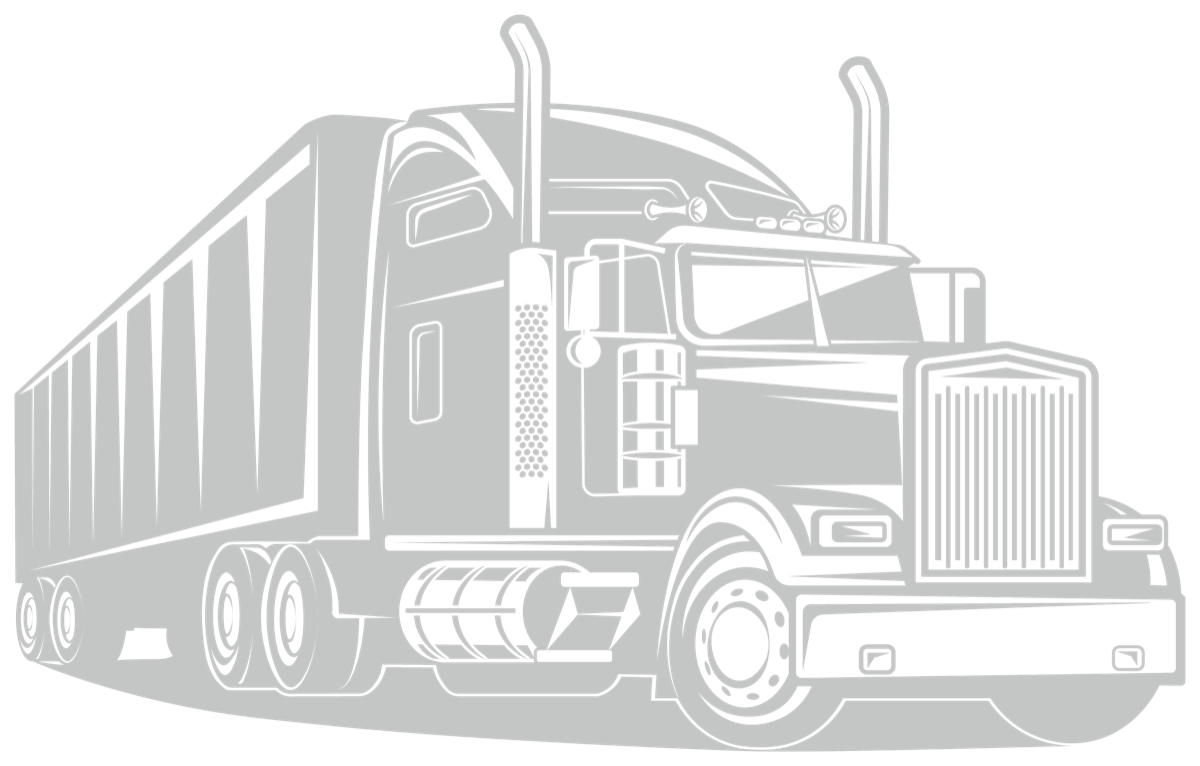Til salg
Solgt
Kun kørt 130.000 km
1999 W900L Aerocab
Detroit Diesel motor 470 hk
Fuller gearkasse 13 trin
72" Sleeper med couch
VIT interriører
Tilt telesscob rat
Fuller gearkasse 13 trin
72" Sleeper med couch
VIT interriører
Tilt telesscob rat
Alcoa fælge
Dæk 11R 24,5
Total vægt 23130 kg
Tom vægt 8500 kg
Danske papirer
Kun kørt 130000 km
Dæk 11R 24,5
Total vægt 23130 kg
Tom vægt 8500 kg
Danske papirer
Kun kørt 130000 km
Price
Euro: 69.000
Euro: 69.000
Pæn og velholdt
2003 Peterbilt 379 EXT
AT C15 motor 520 hk
Fuller gearkassr 13 trin
Total vægt 22890 kg
Tom vægt 8500 kg
70 " standup sleeper luft afjedret
Fuller gearkassr 13 trin
Total vægt 22890 kg
Tom vægt 8500 kg
70 " standup sleeper luft afjedret
Nye bremser
Alcoa fælge 22,5 "
Dæk 295/80 22,5 80% 75% 75
DANSKE PAPIRER /PLADER
24 volt Batterier til lift trailer
Pæn og velholdt
Alcoa fælge 22,5 "
Dæk 295/80 22,5 80% 75% 75
DANSKE PAPIRER /PLADER
24 volt Batterier til lift trailer
Pæn og velholdt
Price
Euro: 76.000
Euro: 76.000
1993 Kenworth W900L 8x4
CAT 3406C 475 HP electronic ECM
Eaton-Fuller 15 Speed
Rockwell Diff 3:70 ratio
AlcoaWheels 24,5
CAT 3406C 475 HP electronic ECM
Eaton-Fuller 15 Speed
Rockwell Diff 3:70 ratio
AlcoaWheels 24,5
Tires 50% 90% 90% 90%
4 AXLE
Aerodyne Sleeper 60 inch
VIT interrior, fixed bed
Tilt Telescop steering wheel
Very good condition
4 AXLE
Aerodyne Sleeper 60 inch
VIT interrior, fixed bed
Tilt Telescop steering wheel
Very good condition
Price
Please call
Please call
1989 Mack Superliner 2
Mack E7 350HK
Mack 10 trin gearkasse
luftaffjedret førerhus
CAN-AM 60" stand UP sleeper
26000 KG totalvægt
Tom vægt 9100 kg
Mack E7 350HK
Mack 10 trin gearkasse
luftaffjedret førerhus
CAN-AM 60" stand UP sleeper
26000 KG totalvægt
Tom vægt 9100 kg
Parabel for Luft bag
pæn og velholdt
Hollandske papirer, kan registreres som den står I DK som Oldtimer
flere detaljer kommer snart
pæn og velholdt
Hollandske papirer, kan registreres som den står I DK som Oldtimer
flere detaljer kommer snart
Price
DKK: 369.000
DKK: 369.000
1995 kenworth W900L
Caterpillar 3406E 475 HP
Fuller manual
Front - Spring
Rear - AG 200 Air ride
Caterpillar 3406E 475 HP
Fuller manual
Front - Spring
Rear - AG 200 Air ride
24.5 " Alcoa Wheels
285/75-24,5 " Tires Front 40% Rear 30%
Studio Sleeper 74"
German papers
Very good condition
285/75-24,5 " Tires Front 40% Rear 30%
Studio Sleeper 74"
German papers
Very good condition
Price
Solgt
Solgt
1991 Wabash Box trailer 3 axle
Spoke wheels tires 99%
12/24 volt ligts
Load sensing vavle installed
Insulated living room and kitchen installed
Spoke wheels tires 99%
12/24 volt ligts
Load sensing vavle installed
Insulated living room and kitchen installed
Loading ramp
Winch for loading vehicle
Never carried any load
Danish papers
Exlent condition
Winch for loading vehicle
Never carried any load
Danish papers
Exlent condition
Price
DKK: 269.000,-
Euro: 36.168,-
DKK: 269.000,-
Euro: 36.168,-
Parts
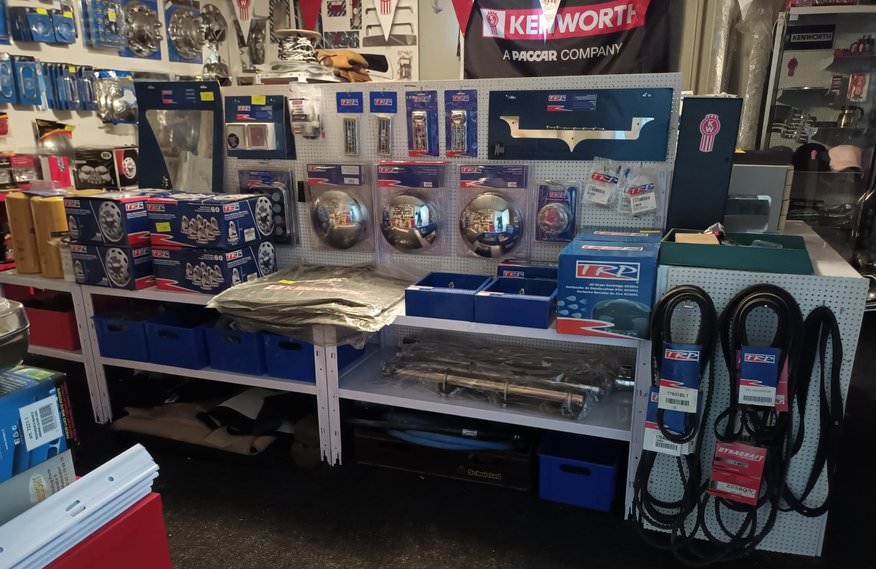
Purchase of spare parts
We import truck parts from the USA 15-20 times a year, all kinds of spare parts and accessories, the transit time by plane is usually 3-5 days. in the event of an acute shortage of spare parts, express shipping is possible.
Reparation & Service
Hogebuilt
Hogebuilt Fenders
We sell American-made Hogebuilt rear fenders. All products can also be mounted on European makes using universal brackets.
-

Hel skærm
-

Single skærm
-

Halv skærm
